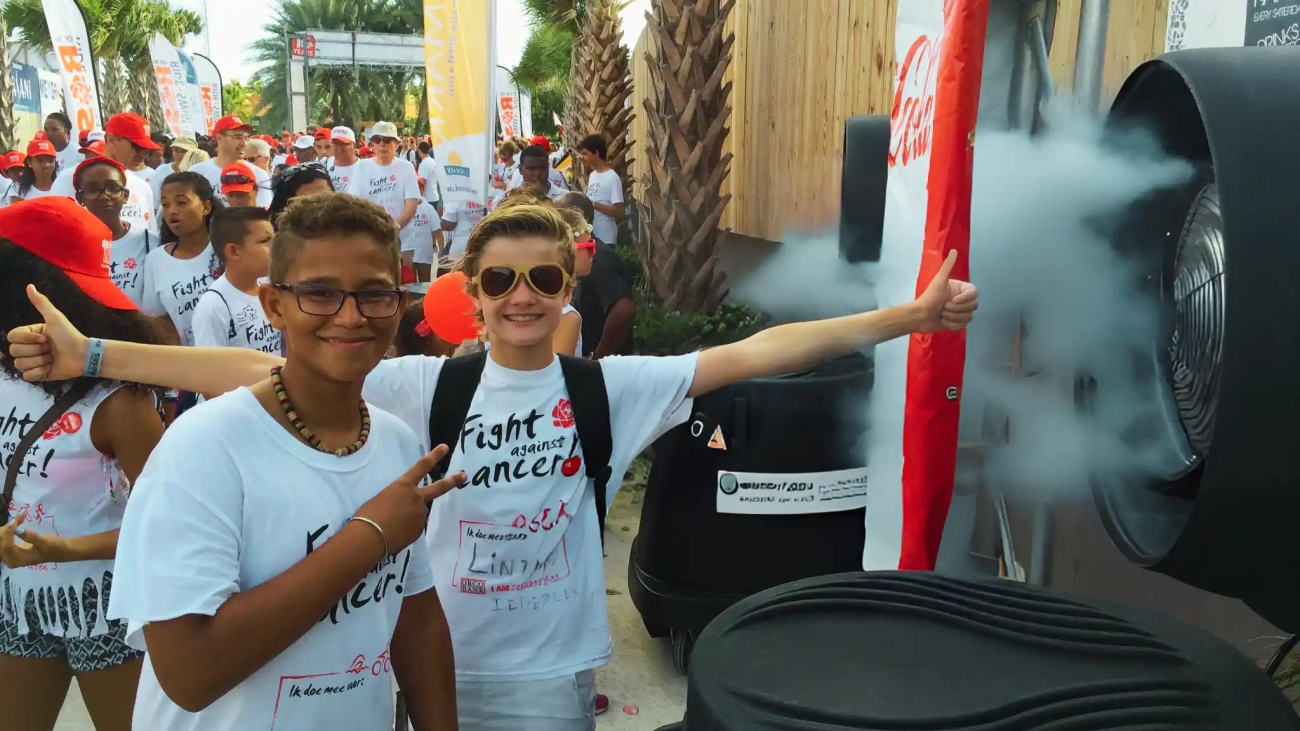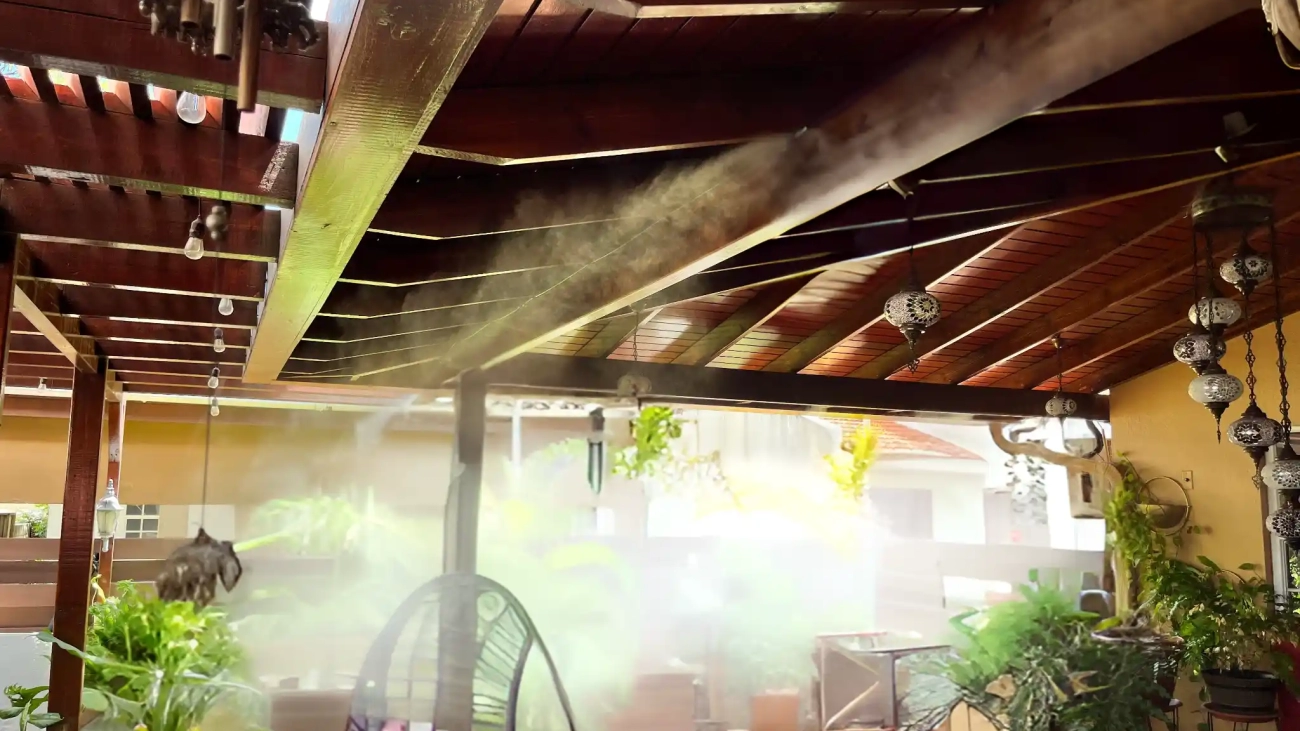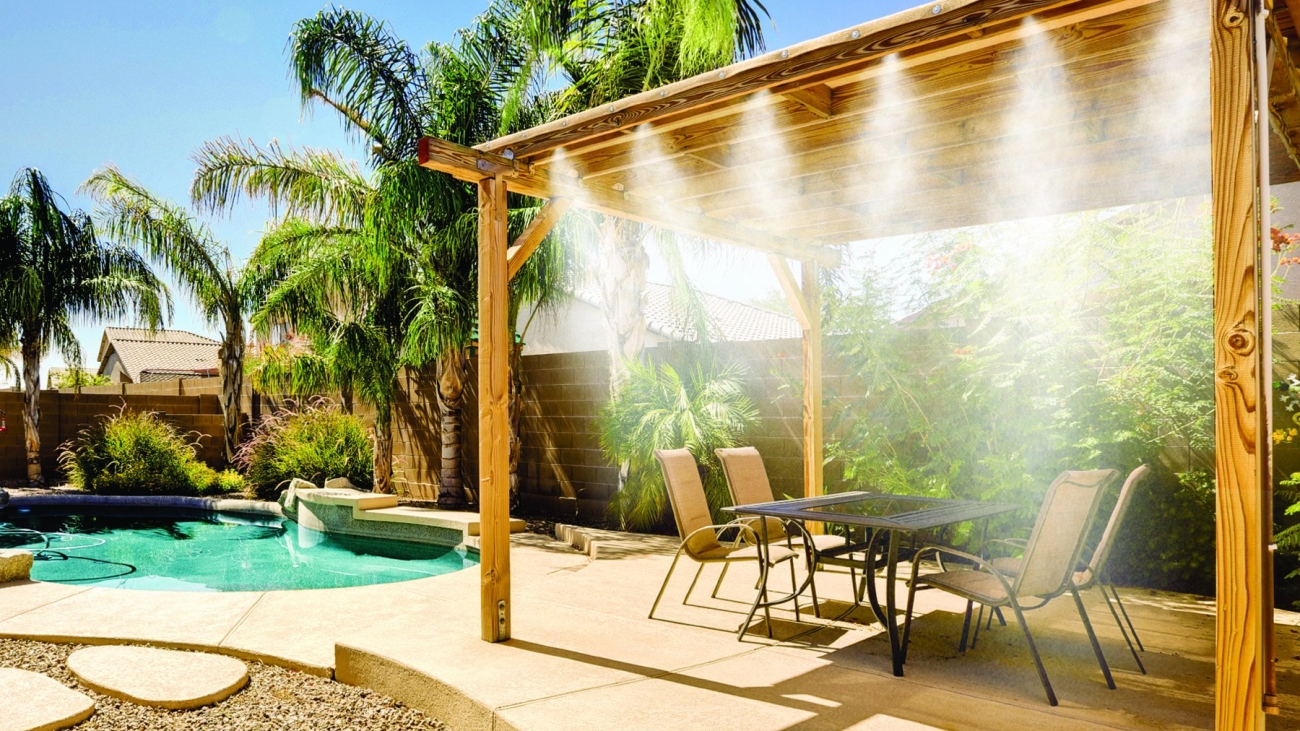Misting systems have gained popularity as effective solutions for cooling and refreshing outdoor spaces, but as with any innovative technology, questions about their safety naturally arise. In this blog, we’ll delve into the safety aspects of misting systems to help you understand whether they are a secure choice for your cooling needs.
Understanding Misting Systems:
Misting systems work by emitting a fine mist of water into the air, which evaporates quickly and cools the surrounding area. These systems are commonly used in outdoor dining areas, patios, theme parks, and even industrial settings to combat high temperatures and create more comfortable environments.
Safety Features:
Misting systems are designed with safety in mind, and modern models come equipped with various features to ensure the well-being of users. Here are some safety aspects to consider:
1. Water Quality:
Misting systems use water to create the cooling mist, so the quality of the water source is crucial. Reputable manufacturers often recommend using clean, filtered water to prevent the buildup of mineral deposits that can affect the system’s performance. Additionally, some misting systems come with built-in water purification systems that ensure the water mist remains free from contaminants.
2. Pressure Regulation:
High-pressure misting systems are designed to create a very fine mist that evaporates quickly. These systems are carefully calibrated to ensure that the mist is dispersed effectively without causing excessive wetness. Proper pressure regulation prevents over-saturation and potential slip hazards.
3. Mosquito and Bacteria Control:
Misting systems can also offer insect repellent properties. The mist created by some systems can act as a natural deterrent for mosquitoes and flies, reducing the need for chemical insecticides. Additionally, many misting systems use sterilized water to prevent the growth of harmful microorganisms.
4. Maintenance and Inspection:
Regular maintenance and inspection are crucial to ensuring the safety of misting systems. These systems should be periodically checked for any clogs, leaks, or malfunctions that might compromise their operation. Regular upkeep ensures that the misting system functions optimally and safely.
5. Noise and Aesthetic Considerations:
Misting systems have evolved to become quieter and more aesthetically pleasing. High-quality systems are designed to minimize noise levels while efficiently delivering cooling mist. Some systems even offer customizable aesthetics, allowing users to choose colors and designs that blend seamlessly with their surroundings.
Conclusion:
When installed and maintained properly, misting systems are generally safe to use. Reputable manufacturers prioritize safety by implementing features that regulate water quality, pressure, and maintenance requirements. Users should follow the manufacturer’s guidelines, regularly inspect and maintain the system, and ensure the water source is clean and free from contaminants.
As with any technology, it’s essential to choose a misting system from a reliable and trusted manufacturer. Consulting with professionals and experts in the field can provide you with the information needed to make an informed decision. By understanding the safety features and maintenance requirements, you can enjoy the benefits of a cooling misting system with confidence and peace of mind.



